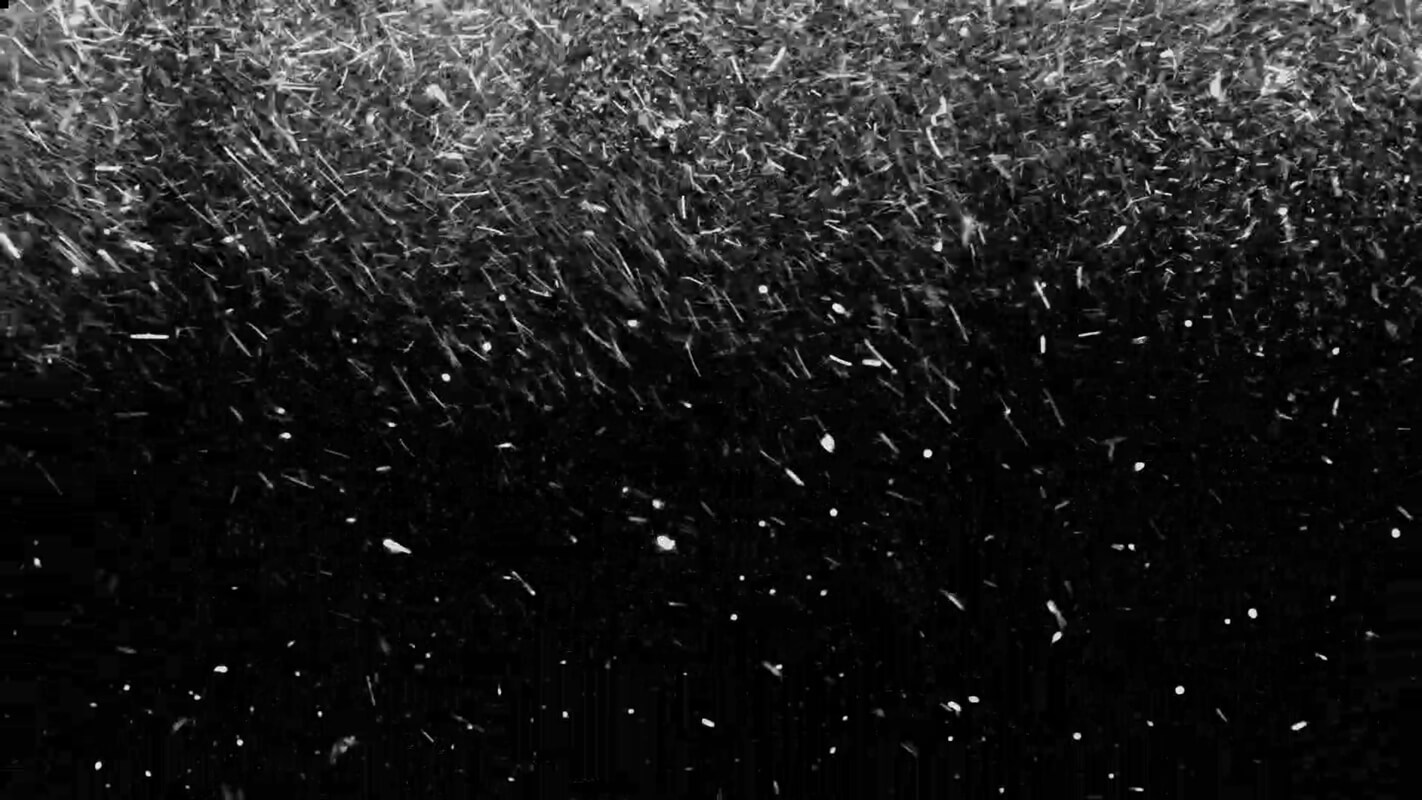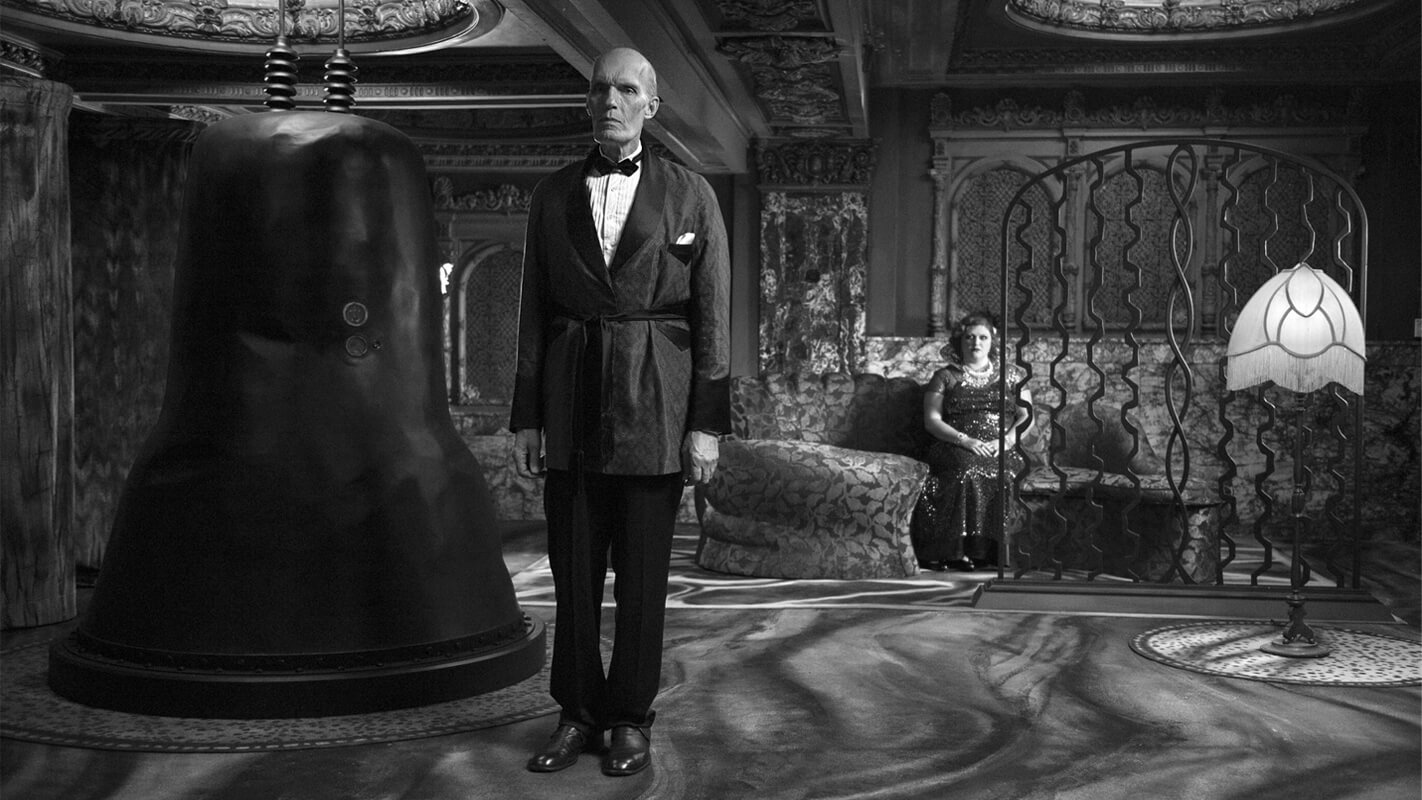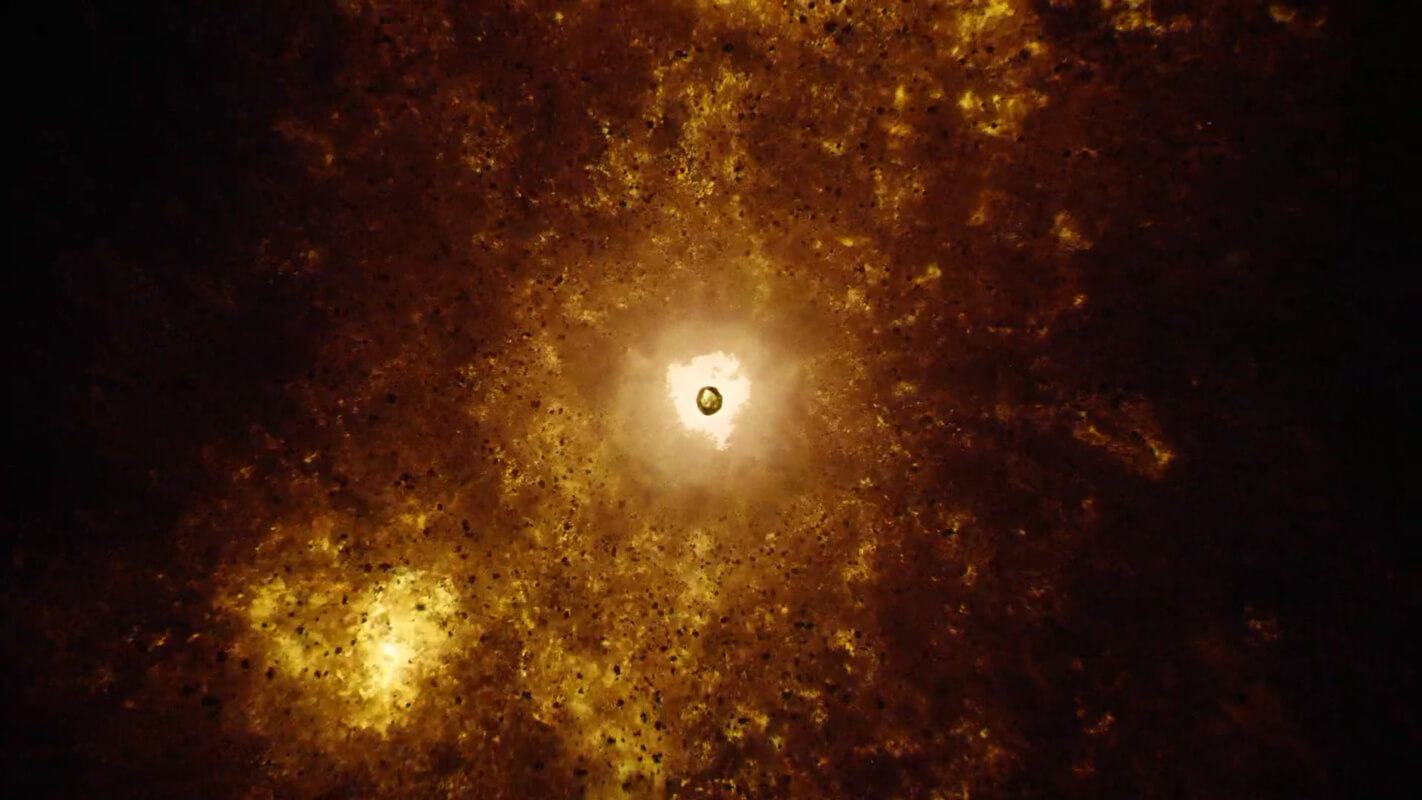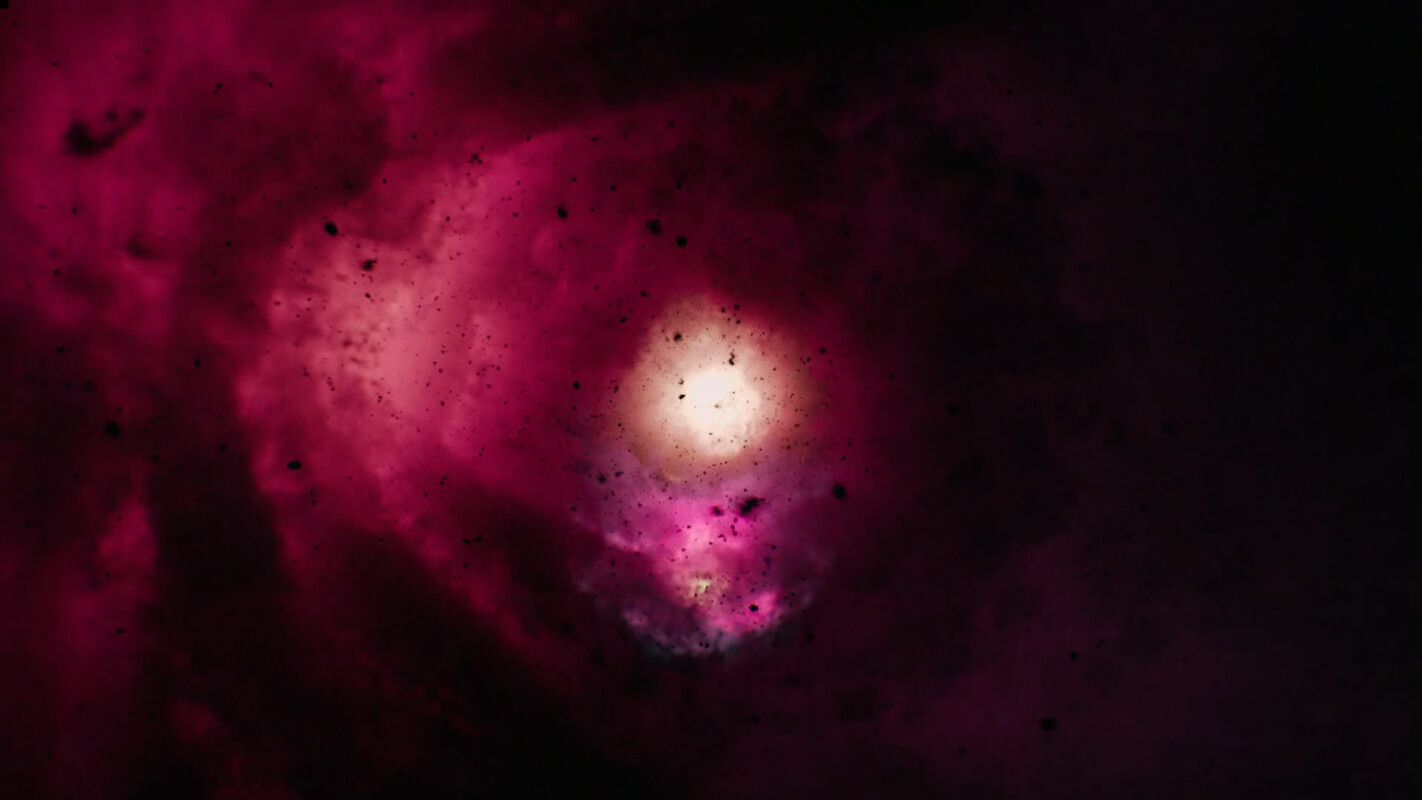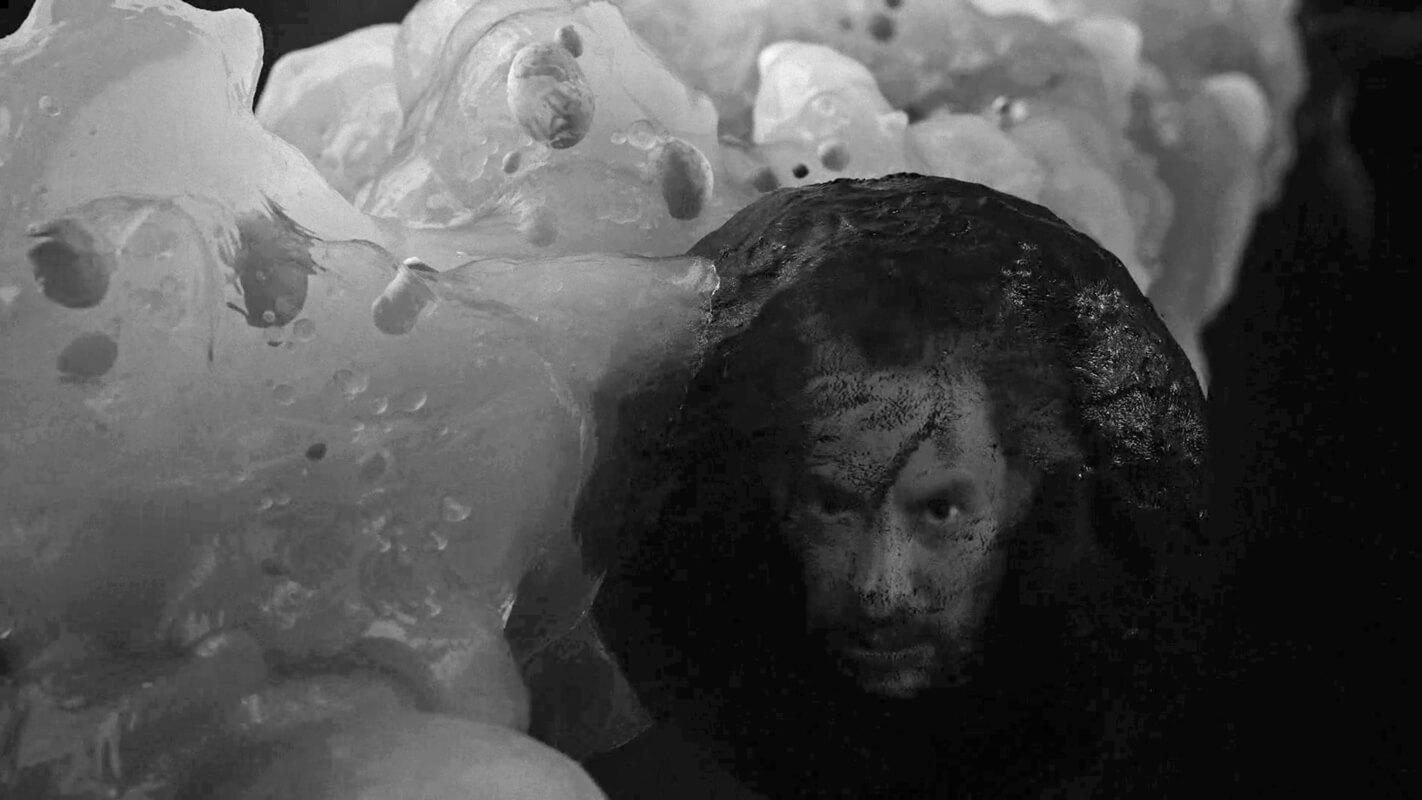David Lynch is always an inspiration and Twin Peaks is easily my all time favourite TV show, but what aired yesterday night on Showtime just blew my mind. I was literally sitting in front of my laptop with my mouth hanging open. It’s somewhat satisfying and soothing that a show like this can still exist in mainstream television: A true artist diving fully into his world, with full creative control over his project.
I don’t wanna write much more in case you haven’t seen the show yet. Just go watch and wonder…

